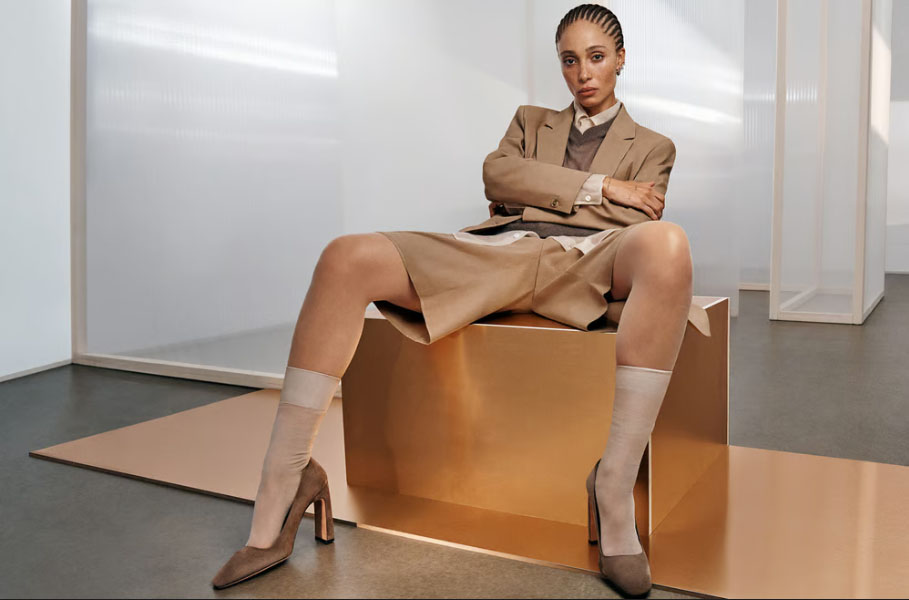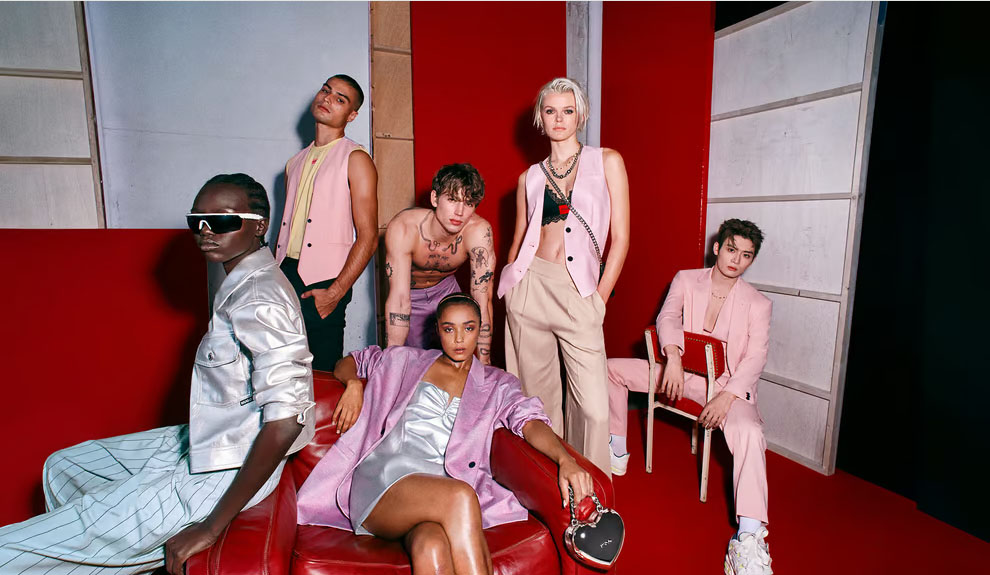
bonyadi magazine
Hugo Boss profit undershoots in Q2 as China and UK both disappoint
Hugo Boss disappointed on Thursday with the German upscale fashion giant reporting Q2 operating profit below market expectations. That followed it cutting its full-year sales and earnings forecasts last month due to consumer demand remaining sluggish
Analysts on average had expected it to make €81.9 million in Q2 earnings before interest and tax (EBIT) but the figure came in at €70 million, down 42% year on year
The company itself remained relatively upbeat and said in its results report that it saw “further revenue improvements in [the] first half despite [a] challenging market environment driving additional market shares for Boss and Hugo
But there’s no getting away from the fact that while revenue was up 3% in H1, it was down 1% in Q2
On the plus side, growth continued in physical store wholesale in both H1 (+7%) and Q2 (+5%), as well as on hugoboss.com (H1 +3%, Q2 +3%). But physical retail revenues in H1 were flat and in Q2 they dropped 2%
Yet it also saw “robust” gross margin improvements as it realised “substantial efficiency gains” in its global sourcing activities with H1 up by 30 bps and Q2 up an even better 50 bps
But “overall market uncertainty and higher operating expenses” were what weighed on its EBIT figure in both the first half (when EBIT was €139 million) and Q2 with the aforementioned €70 million
Tough times in Q2
Looking more closely at the quaterly details, the company said “the persistent macroeconomic and geopolitical challenges dampened global consumer demand, with retail sentiment in key markets such as China and the UK particularly affected
While it was “able to maintain its relative outperformance, the overall muted consumer sentiment inevitably impacted the financial performance
It had reported earlier that group sales were down to €1.015 billion from €1.026 billion a year earlier, a decline of 1%. But at least those revenues continue to significantly exceed 2019 levels by more than 50% in Q2. This reflected “the successful strongly elevated brand momentum and led to substantial market share gains for Boss and Hugo

And even with the overall softer consumer sentiment being an issue, both brands “maintained their strong engagement with consumers”. Driven by dedicated 360-degree brand campaigns, plus new collaborations such as the one with David Beckham, and a strong presence at key sporting events, both labels “were able to further increase visibility globally. This resulted in a notable uptick in engagement rates on social media, where both brands carried on their momentum gained in recent years
Yet currency-adjusted revenues for Boss Menswear were still 2% below the prior-year level in Q2, although there was greater success for Boss Womenswear (which rose by 2% currency-adjusted) and Hugo (up 3%, helped by its new, denim-focused brand line Hugo Blue)
The company also said that growth in the Americas partly compensated for declines in EMEA and Asia/Pacific. In EMEA, currency-adjusted sales fell 2%, dragged down particularly by the UK, but also by Germany and France
In the Americas, it continued its growth trajectory in the second quarter, with currency-adjusted sales up 5%
Those sales in Asia/Pacific fell 4% as China proved an ongoing problem
But the company remains upbeat for the second half with its new program, Hugo Boss XP, seeing 30% more people signing up to its customer loyalty offer, and full-year sales expected to grow between 1% and 4%
Various brand, product, and sales initiatives should also support growth, while it talked of a “robust wholesale order intake for [the] upcoming Winter 2024 and Spring 2025 seasons










